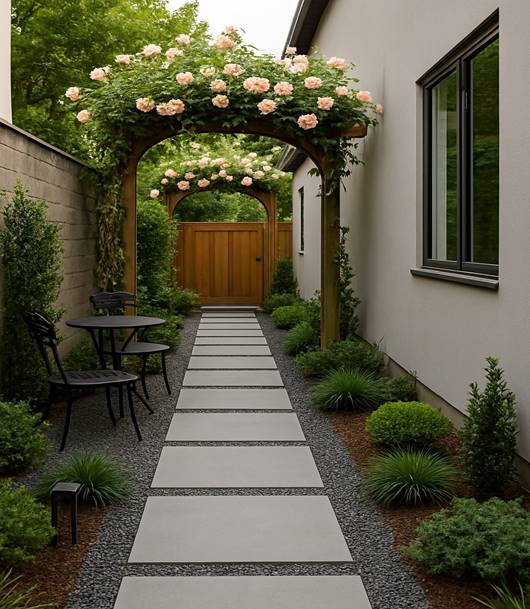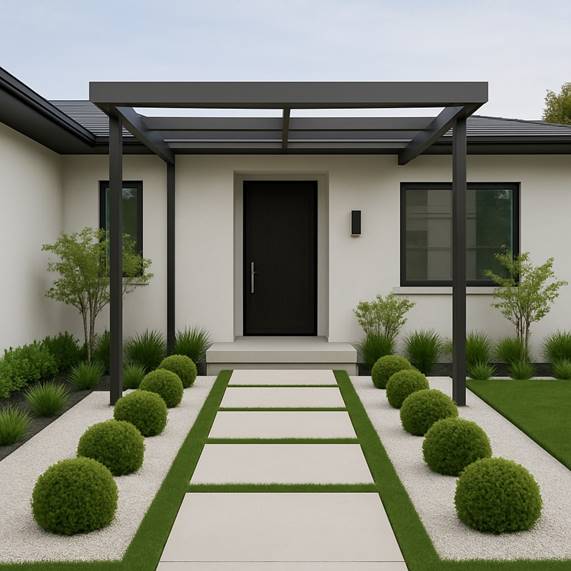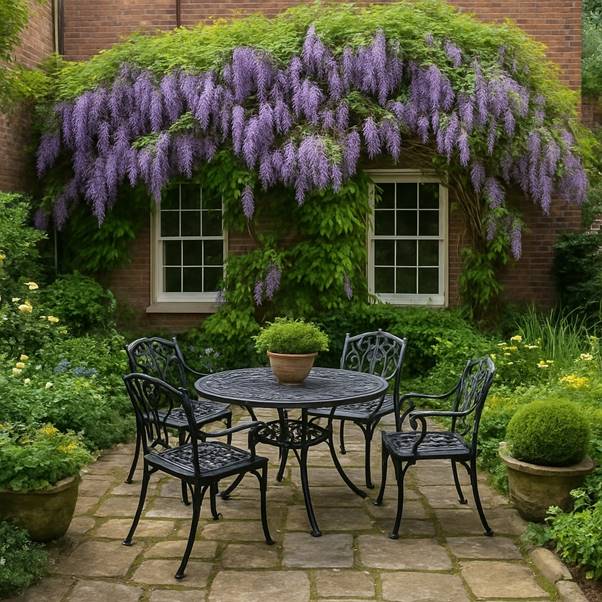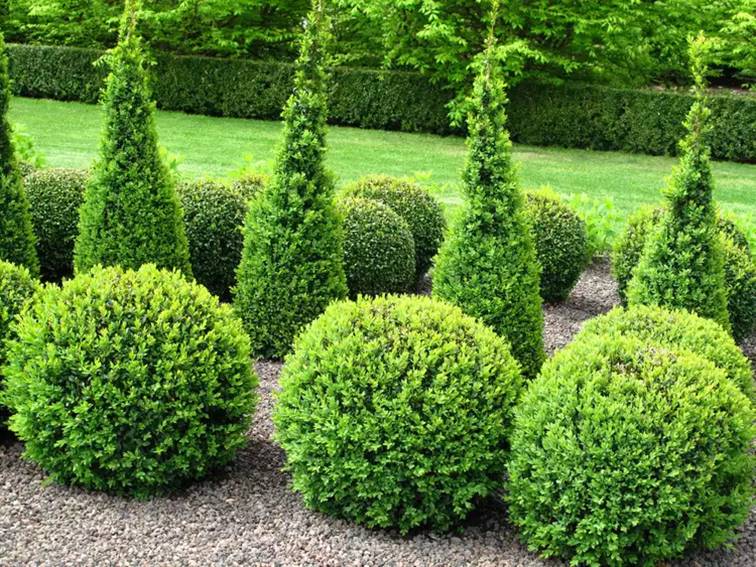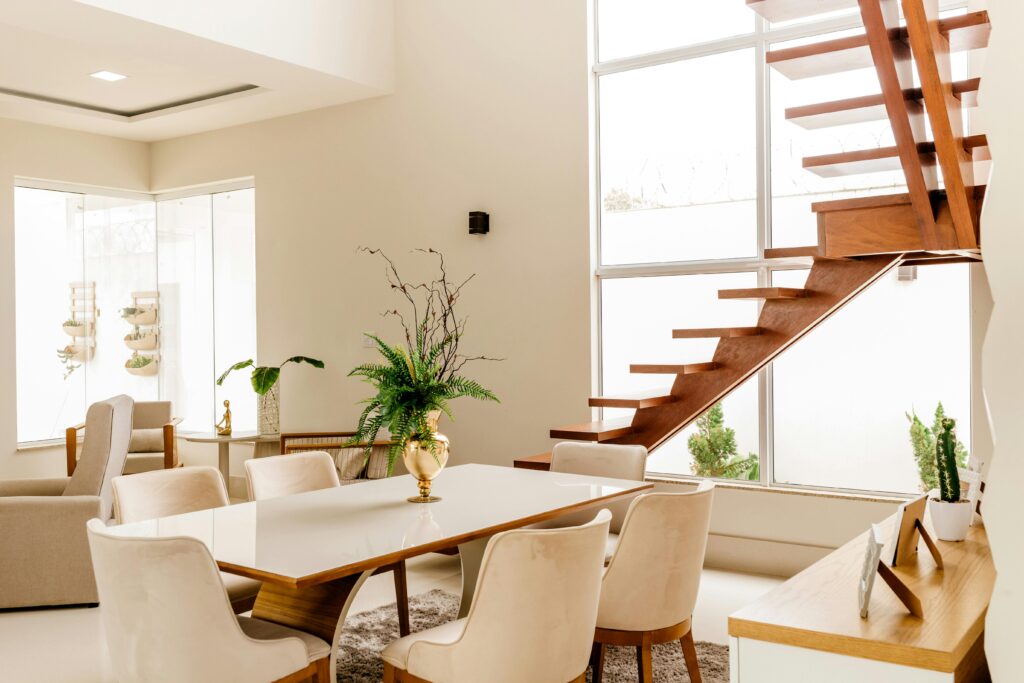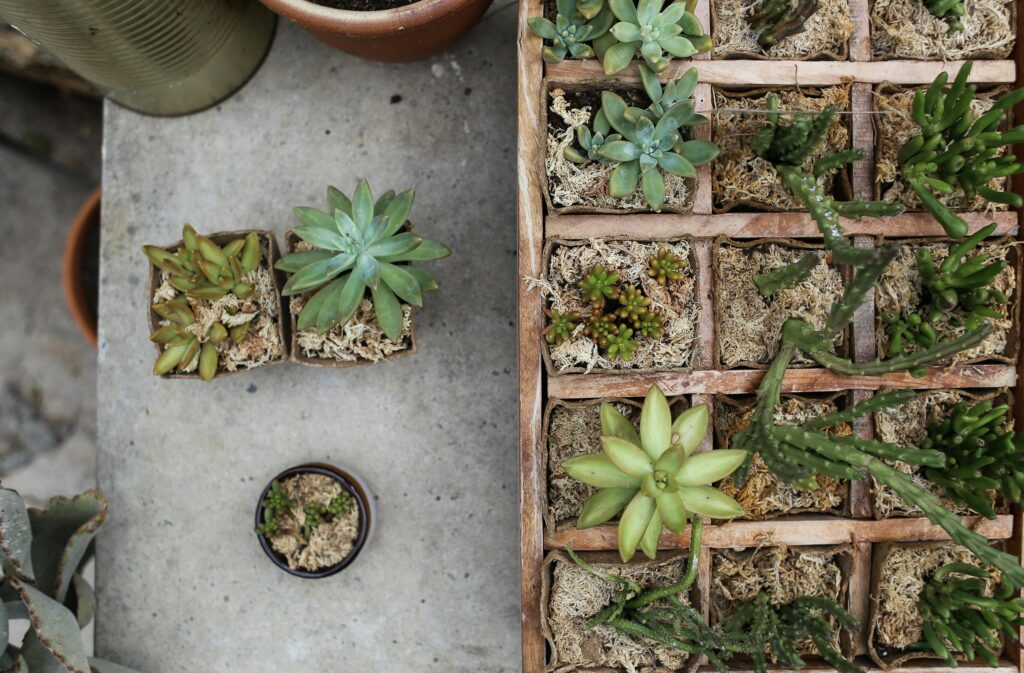Backyard Bliss: Inspiring Garden Design for Outdoor Living
Transforming your outdoor living space into a serene sanctuary is easier than you think. With a few inspiring garden design ideas, you can turn your backyard into a haven of relaxation and entertainment. Imagine stepping into your own personal oasis, where the stresses of everyday life melt away amidst the beauty of nature. By incorporating elements of garden design, you can create a seamless transition between indoors and outdoors, perfect for enjoying quality time with family and friends. Key Takeaways Create a serene atmosphere with thoughtful landscaping. Incorporate functional areas for dining and relaxation. Use natural elements to enhance your outdoor space. Consider sustainable practices in your garden design. Make the most of your outdoor living area with inspiring decor. Creating Your Outdoor Sanctuary: The Basics of Garden Design Transforming your backyard into an outdoor sanctuary requires a thoughtful approach to garden design. To start, it’s crucial to understand the fundamental elements that will shape your outdoor space. Understanding Your Space and Climate Before designing your garden, you need to assess your outdoor space and its climate. This involves: Assessing sun patterns and microclimates Mapping existing features and constraints Assessing Sun Patterns and Microclimates Understanding how sunlight affects your garden is vital. Observe the sun’s movement and identify areas that receive full sun, partial shade, or full shade. Additionally, recognize microclimates within your garden, which can be influenced by factors like wind direction and nearby structures. Mapping Existing Features and Constraints Take stock of your garden’s existing features, including trees, slopes, and any other natural or man-made elements. Identify any constraints, such as drainage issues or neighboring buildings that may impact your design. Defining Your Garden Goals and Lifestyle Needs Your garden should reflect your lifestyle and needs. Consider what you want to achieve with your garden design. Balancing Beauty and Functionality A well-designed garden balances aesthetic appeal with functional use. Think about how you plan to use your outdoor space, whether for entertainment, relaxation, or a mix of both. Considering Long-term Maintenance Requirements It’s essential to consider the long-term maintenance needs of your garden. Choose plants and features that fit your lifestyle and maintenance capabilities. Planning Your Garden Design for Outdoor Backyard Spaces Effective garden planning starts with understanding your outdoor space. To create a beautiful and functional garden, you need to consider several key factors. Assessing Sunlight, Soil, and Drainage Understanding the sunlight, soil quality, and drainage in your backyard is crucial. Sunlight assessment helps determine which plants will thrive in your garden. Soil Testing and Improvement Techniques Conducting a soil test reveals its pH level and nutrient content, guiding you on necessary amendments. Managing Water Flow and Drainage Issues Proper drainage is essential to prevent waterlogged soil. Techniques like installing French drains can mitigate drainage issues. Creating a Functional Layout A well-designed garden is not just about aesthetics; it’s also about functionality. Zoning for Different Activities Divide your garden into zones for different activities, such as dining, relaxation, and play. Establishing Traffic Patterns and Pathways Clear pathways ensure easy navigation through your garden, enhancing its usability. Budgeting for Your Garden Project Budgeting is a critical step in garden planning. Prioritize your needs and allocate resources accordingly. Aspect Budget Allocation Priority Soil Improvement 30% High Pathways and Drainage 20% Medium Plant Selection 50% High Popular Garden Styles for American Backyards Creating an inviting outdoor space begins with choosing the right garden style, a decision that can significantly impact the ambiance and functionality of your backyard. American homeowners have a wide array of styles to choose from, each offering unique characteristics that cater to different tastes and needs. Contemporary Minimalist Gardens Characterized by clean lines and a focus on functionality, contemporary minimalist gardens are perfect for those who appreciate simplicity. Clean Lines and Bold Statements These gardens often feature geometric shapes and a limited color palette, creating a sense of calm and serenity. Bold statements are made through the use of statement pieces, such as large planters or sculptures. Low-Maintenance Plant Selections Minimalist gardens typically incorporate low-maintenance plants like succulents and grasses, which require less upkeep and add to the overall aesthetic. Cottage Garden Charm Cottage gardens are known for their abundance of flowers and informal layouts, creating a warm and inviting atmosphere. Abundant Plantings and Informal Layouts These gardens are characterized by a mix of perennials, annuals, and shrubs, planted in a seemingly random yet harmonious manner. “A cottage garden is a haven for the soul, where the beauty of nature is allowed to flourish.” Incorporating Edibles with Ornamentals Cottage gardens often blend edible plants with ornamentals, creating a functional and beautiful space. This blend not only adds visual interest but also provides fresh produce. Mediterranean-Inspired Designs Mediterranean-inspired gardens are perfect for warm climates, featuring drought-tolerant plants and terracotta elements. Drought-Tolerant Plant Palettes These gardens often include plants like lavender and rosemary, which are not only beautiful but also resilient in dry conditions. Terracotta and Stone Elements The use of terracotta pots and stone pathways adds warmth and texture to the garden, creating a welcoming outdoor space. Japanese Zen Gardens Japanese Zen gardens are designed to promote tranquility and mindfulness, often featuring gravel, rock, and minimal plantings. Creating Tranquil Spaces These gardens are carefully designed to create a sense of calm, with elements like raked gravel and strategically placed stones. Using Gravel, Rock, and Minimal Plantings The minimalist approach to planting, combined with the use of gravel and rock, creates a serene and contemplative atmosphere. Essential Elements of Outdoor Living Spaces To truly enjoy your outdoor space, it’s essential to include elements that enhance both its beauty and usability. Outdoor living spaces are an extension of our homes, providing areas for relaxation, entertainment, and connection with nature. Patios and Decking Options When designing your outdoor living area, the choice of patio or decking material is crucial. The material should be durable, weather-resistant, and complement the overall aesthetic of your home. Material Choices for Different Climates Different climates require different materials. For instance, in warmer climates, materials like
Backyard Bliss: Inspiring Garden Design for Outdoor Living Read More »



